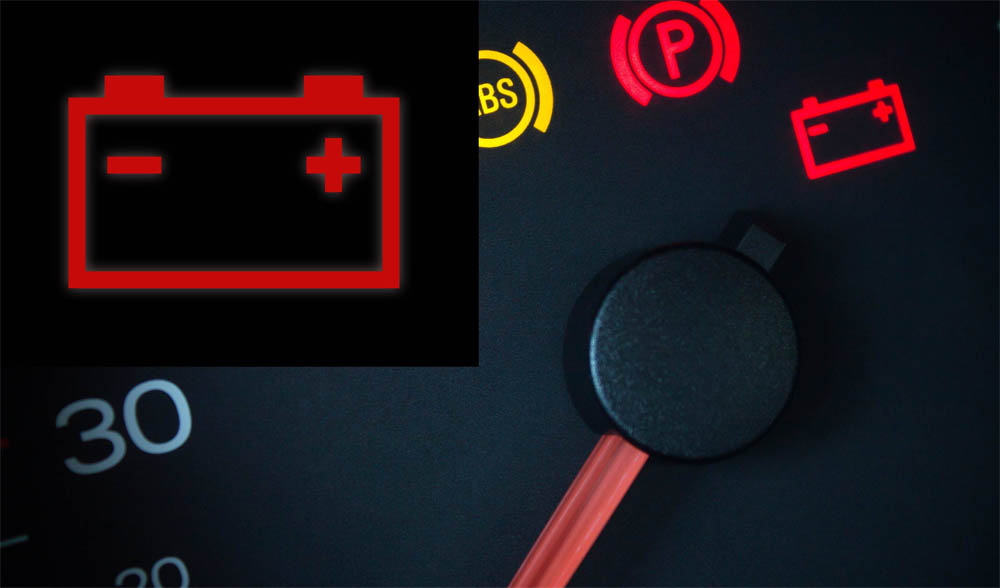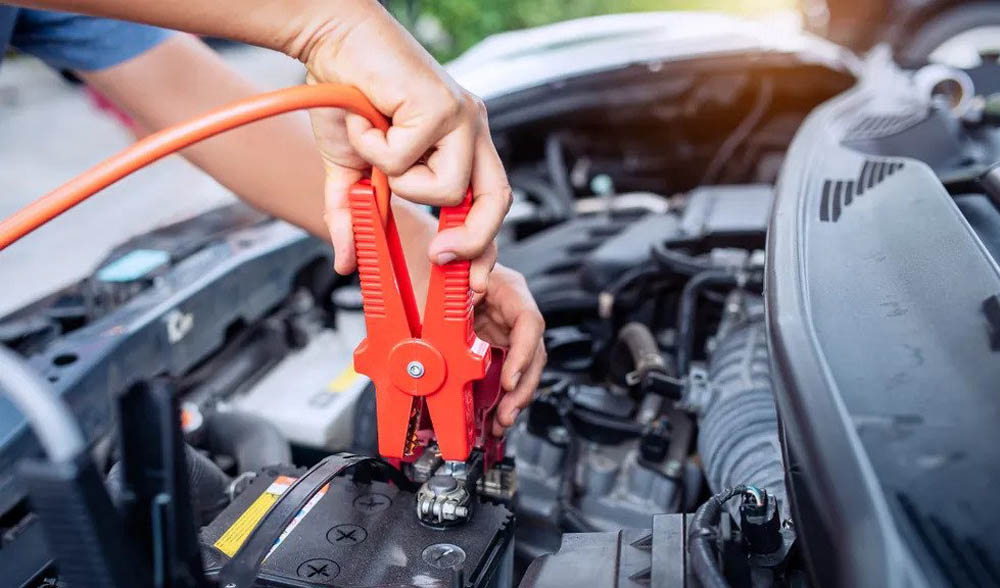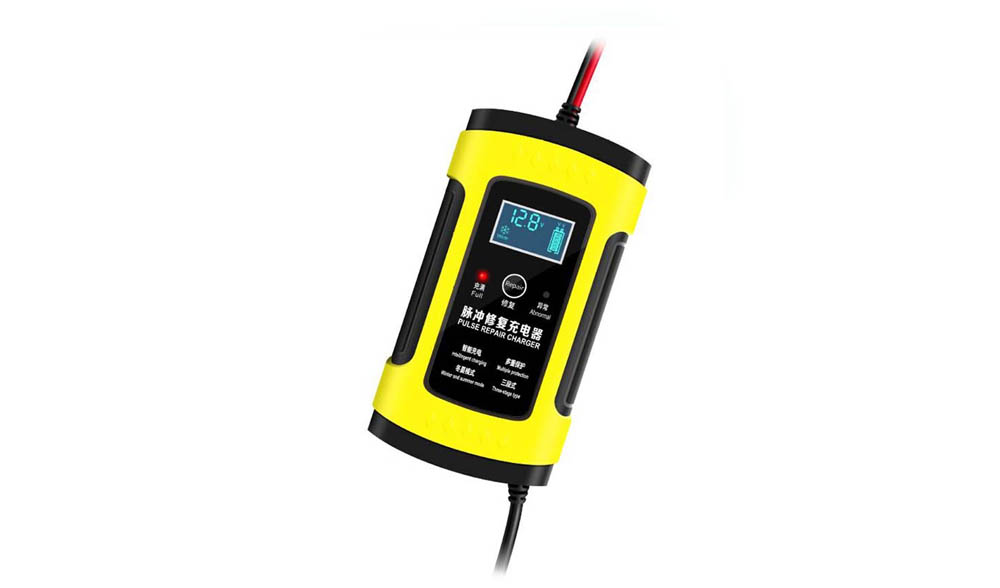Maintaining the health of car batteries requires a consistent charge, typically not an issue for regularly driven vehicles where the alternator efficiently keeps the battery charged. However, for less frequently used vehicles, prolonged idle period lead to battery discharge. In this discussion, we’ll explore the effects of battery discharge and provide insights into the steps you can take for recovery.

What Voltage Indicates Discharge in a 12V Battery?
In contemporary automobiles, the engine is typically powered by a 12-volt battery comprised of six individual cells. Each cell, when fully charged, holds approximately 2.15 volts, resulting in a fully charged car battery registering at around 12.6 volts.
A slight reduction in your battery’s voltage can significantly impact its overall functionality. For instance, a total voltage of 12.1 volts indicates the battery is operating at only 50% of its full charge. Once it descends to 11.8 volts, the battery is nearly fully discharged.
Is a Battery Too Depleted to Jump Start?
If your car fails to start, your initial troubleshooting step should involve attempting a jump start. There are two main methods for this: using jumper cables connected to another vehicle or employing a portable jump pack. It’s important to note that if your battery has been discharged to an extremely low level, attempting a jump start may not be effective. If jump-starting proves unsuccessful, it’s probable that your battery is experiencing a condition known as sulfation.

Exploring the Phenomenon of Battery Sulfation
When a battery is permitted to discharge excessively, it reaches a stage where recovery becomes impossible, necessitating replacement. This phenomenon is attributed to sulfation. During the discharge of a lead-acid battery, minute sulfate crystals, composed of lead and sulfur, develop on the battery plates. This is a normal aspect of the discharge cycle, and the process reverses when the battery undergoes recharging. However, extended periods of discharging allow these initially soft deposits to solidify into durable crystals, obstructing the flow of electrical current within the battery and ultimately leading to its demise.
Can Battery Sulfation Be Reversed?
Early detection of sulfation in a flooded lead-acid battery allows for potential reversal. This can be achieved by subjecting a fully charged battery to an overcharge with a regulated current of approximately 200mA over a period of about 24 hours. This process elevates the battery’s terminal voltage to a range between 2.50 and 2.66 volts per cell, aiding in the dissolution of sulfate crystals.
In cases where the battery is discharged too low for the above procedure, specialized car battery chargers are available to recover severely depleted batteries. These chargers operate by sending pulses to the battery terminals to counteract sulfation. For addressing sulfated batteries, a car battery charger with pulse repair function is recommended, featuring a Recovery mode tailored for deeply discharged or sulfated batteries. It’s important to note that reversing sulfation is particularly challenging in AGM and thin plate pure lead AGM batteries, as they don’t respond well to low-amp charging.
How Long Before Recharging a Dead Car Battery?
When a car battery remains unused, it undergoes deterioration, typically noticeable after approximately a month. This degradation process accelerates, especially in cases of extreme temperatures, excessive parasitic drain, or both. For vehicles anticipated to be inactive for a month or more, investing in a battery maintainer is advisable. These automatic chargers help maintain the battery at its optimal charge level. They automatically deactivate upon reaching a full charge and reactivate when the charge decreases, enabling the battery to remain connected to the maintainer without the risk of overcharging.

Should You Take Out the Car Battery When Idle?
If you intend to store a vehicle for an entire season, it’s advisable to remove the battery. Place the battery in a designated battery box and store it in a dry, well-ventilated area with a consistent temperature ranging between 40°F and 60°F. This practice contributes to prolonging the battery’s lifespan.
While disconnecting the battery slows down its self-discharge rate, it’s essential to regularly check the battery’s charge. If the charge falls to 70% or below, charge it up. Alternatively, you can connect it to a maintainer, following the same procedure as if it were still attached to your vehicle.
Solve Your Battery Problem with Power1986
Is your car battery or truck battery dead or significantly degraded? Power1986 can help you with this kind of problems. Power1986 has been engaged in the research and manufacture of car battery chargers for many years, and is your trusted product buyer. Explore our range of products today including Car Battery Chargers, eBike Scooter Chargers, DC-AC Power Inverters and Switching Power Supplies.
